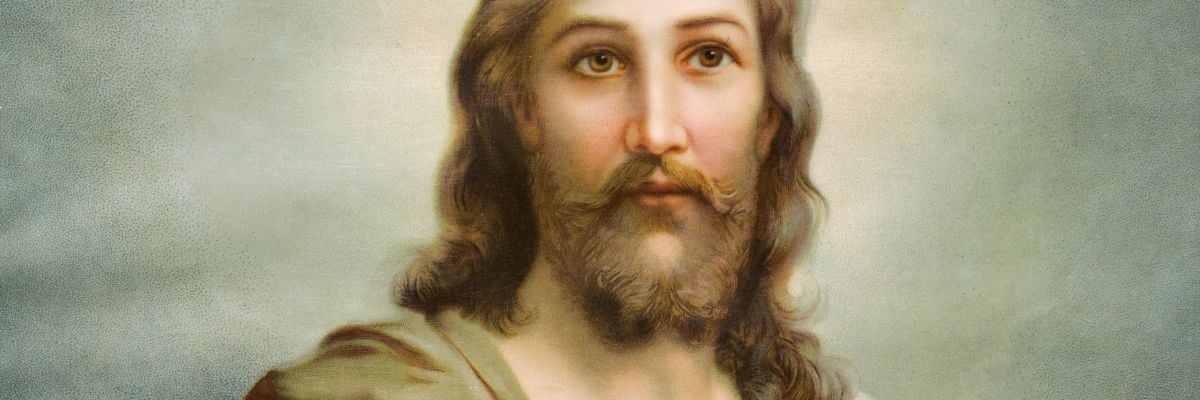
The Greek word hypostasis describes that which lies at a foundation. To the philosophers, it is used to describe a hidden reality upon which other realities are built, even if they cannot be seen through appearances. The hypostatic union, therefore, is a theological term aided by metaphysics used to describe the revealed truth that in Christ, as one person, there subsist two distinct natures: divine and human.
This was known and taught in a general sense from the beginning of the Christian Church but was developed and defined as challenges were made to the orthodox teachings on Christ and his human and divine natures. Heretical challenges of every kind were posited: a co-mingling of these two natures, a single nature, no material body, a post-incarnation addition of the divine nature, that the union does not subsist in the person, that one of the natures was created, and so forth.
This topic was brought to a close and dogmatically established by the Council of Chalcedon (A.D. 451), which declared that in Christ the two natures, each retaining its own properties, are united in one subsistence and one person.
Today, St. Augustine’s De Trinitatae and Aquinas’s Summa Theologiae (III:2) contain the most thorough and trusted discussion on the hypostatic union.



